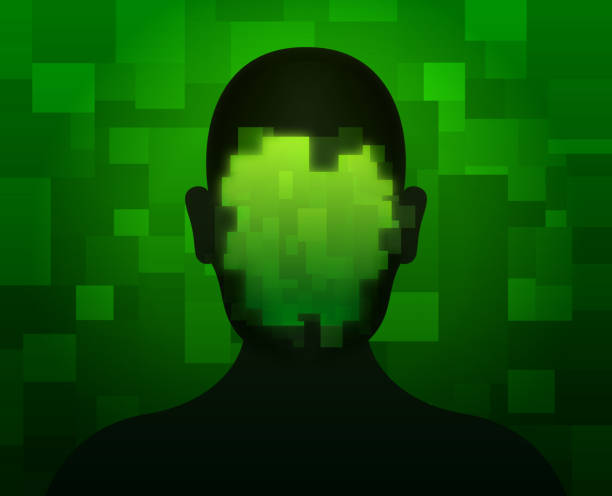SIGNS YOU’RE WATCHING A DEEPFAKE
Matt Case - July 2nd, 2024 - 9:39am PDT
Election Year Heightens Deepfake Concerns: How to Spot Them

NEW YORK — As the U.S., U.K., and France head to the polls in a crucial election year, social media is awash with concerns about disinformation, particularly deepfakes. These AI-generated images or audio of candidates are designed to mislead voters, causing widespread worry.
So, how can you spot a deepfake? Experts recommend using common sense and skepticism, but also paying attention to these visual elements:
-
Strange Looking Mouth or Chin: Oddities in this area, such as fewer wrinkles, less detail around the mouth, or a blurry chin, can be major giveaways. Additionally, if the voice and mouth aren’t synced, it’s a red flag.
-
Weird Sentence Structure: Deepfake videos may feature unusual speech patterns, like saying “dollars” before a number. Comparing the clip to real recordings can reveal inconsistencies in voice, mannerisms, and expressions.
-
Consistency Between Face and Body: Discrepancies in the size of the head relative to the body or differences in skin tone between the face and neck can indicate a deepfake.
-
Lack of Continuity: Changes in clothing color within the same video should raise suspicion, especially if the person makes outrageous or unlikely claims.
-
Extra Fingers, Hands, and Limbs: AI-generated images often depict abnormal numbers of fingers or oddly shaped hands, arms, or legs.
-
Mangled Letters and Numbers: AI struggles to reproduce text and numbers accurately, resulting in illegible or nonsensical characters. Zooming in can help identify these flaws.
-
Jerky Video Edits: Poorly manipulated videos, known as “cheapfakes,” are often easy to spot due to simple video-editing techniques.
By staying vigilant and looking for these signs, voters can better protect themselves from falling victim to deepfake disinformation.
